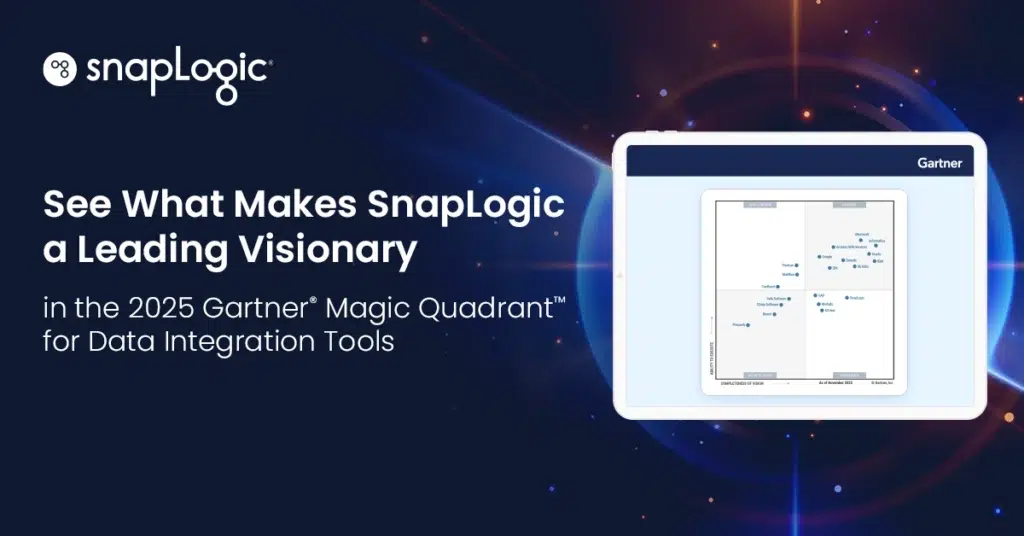What is integration architecture?
Integration Architecture is a strategic approach in enterprise application integration, enabling the flow of data between disparate systems and applications across an enterprise. It serves as a blueprint for data exchange and synchronization, ensuring that business processes operate seamlessly and efficiently. By breaking down data silos, Integration Architecture provides a holistic view of an organization’s data landscape, facilitating informed decision-making and strategic planning.
The significance of integration architecture
In the digital age, data integration is more than just a technical strategy. It’s a business imperative. Businesses need to harness their data effectively to drive decision-making and innovation. Integration Architecture allows businesses to do just that. It ensures that data flows seamlessly across systems, breaking down silos, and enabling a unified view of business operations.
Key components of integration architecture
Integration Architecture is composed of several key components:
- Integration Platform: This is the central hub where all integration processes occur. It can be on-premise or a cloud-based integration platform as a service (iPaaS).
- Connectors: These are software components that enable API integration and communication between different systems and applications.
- Data Transformation Tools: These tools convert data from one format to another to ensure compatibility between systems.
- Integration Scenarios: These are predefined templates or integration patterns that guide the integration process.
Types of integration architecture
There are several types of Integration Architecture, each with its own strengths and weaknesses. These include Point-to-Point Integration, Hub-and-Spoke Integration, and Bus Architecture. The choice of architecture depends on the specific needs and constraints of the business.
Agile integration and microservices
Modern enterprises are increasingly turning to agile integration, an approach built around the agile development philosophy, often utilizing microservices architectures. This approach allows for more flexibility and scalability in the integration architecture.
Challenges in implementing integration architecture
Implementing Integration Architecture is not without its challenges. These include dealing with legacy system integration, ensuring data security, and managing the complexity of integrating a large number of systems. However, with careful planning and the right integration connectors and tools, these challenges can be overcome.








